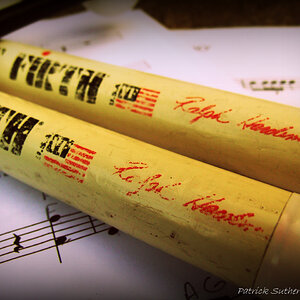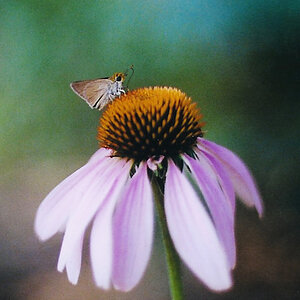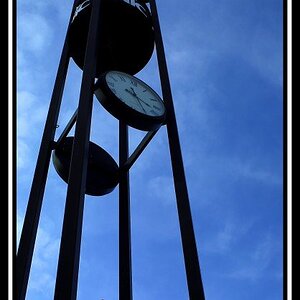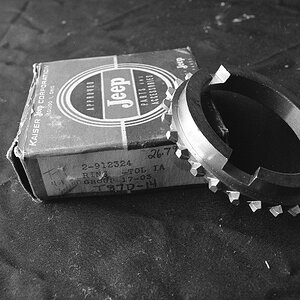KevinR
TPF Noob!
Hey all,
Just kind of sitting here bored and was wondering what everybody is using as far as paper/developer combination lately.
I was using Ilford IV MGF FB and sprint developer.
Have been using Oriental Select VC FB and Ilford PQ Universal developer and I really like the Oriental paper. I'm definitely ordering more of that. This may sound weird, but on top of printing really nice, it drys down nice and flat compared to the Ilford.
Just kind of sitting here bored and was wondering what everybody is using as far as paper/developer combination lately.
I was using Ilford IV MGF FB and sprint developer.
Have been using Oriental Select VC FB and Ilford PQ Universal developer and I really like the Oriental paper. I'm definitely ordering more of that. This may sound weird, but on top of printing really nice, it drys down nice and flat compared to the Ilford.


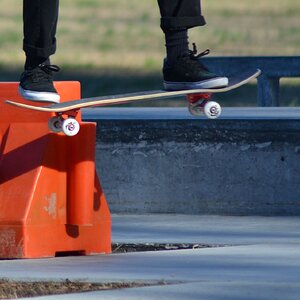
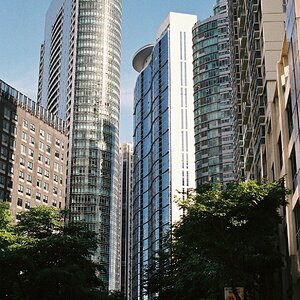

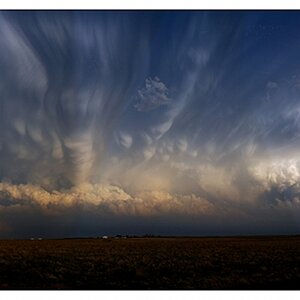
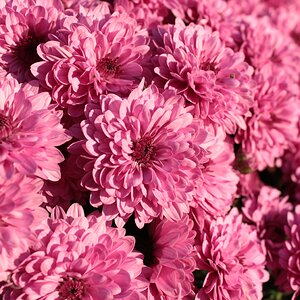
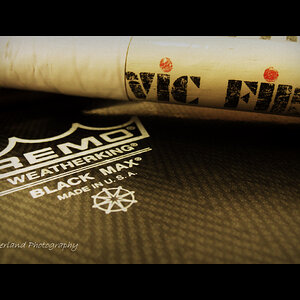
![[No title]](/data/xfmg/thumbnail/30/30869-817b4d4e7585860fab4b08558512787a.jpg?1619734487)
